Ecuador has a total of 15 national parks. These protected areas encompass a diverse range of ecosystems, including the Andean highlands, Amazon rainforest, coastal mangroves, and the Galápagos Islands. Each national park in Ecuador showcases unique landscapes, biodiversity, and cultural heritage, offering visitors opportunities for outdoor recreation, wildlife observation, and eco-tourism experiences.
About Ecuador National Parks
Ecuador, one of the most biodiverse countries in the world, is home to 11 national parks that protect its incredible range of ecosystems, from the lush Amazon rainforest to high-altitude Andean páramos and the volcanic landscapes of the Galápagos Islands. These parks not only preserve Ecuador’s unique natural heritage but also offer opportunities for adventure, education, and sustainable tourism. Among these protected areas, several stand out for their global significance, ecological diversity, and visitor experiences.
Galápagos National Park is perhaps Ecuador’s most famous natural treasure. Declared a UNESCO World Heritage Site, this park encompasses 97% of the Galápagos Islands’ land area and is renowned for its unique flora and fauna. It was here that Charles Darwin developed his theory of evolution, inspired by the islands’ endemic species like the giant tortoise, marine iguanas, and blue-footed boobies. Visitors can explore its volcanic landscapes, pristine beaches, and thriving marine ecosystems through carefully managed tours, ensuring that the park’s fragile environment is protected.
In the Amazon Basin, Yasuní National Park is a biodiversity hotspot, hosting one of the highest concentrations of plant and animal species on Earth. This UNESCO Biosphere Reserve is home to jaguars, pink river dolphins, harpy eagles, and thousands of insect species. Yasuní also safeguards Indigenous cultures, including uncontacted groups such as the Tagaeri and Taromenane peoples. However, the park faces challenges from oil exploration, making conservation efforts here particularly critical. Eco-lodges and guided tours allow visitors to experience its natural and cultural richness responsibly.
Cotopaxi National Park, located in the Andean highlands, is a stunning destination dominated by the snow-capped Cotopaxi Volcano, one of the world’s highest active volcanoes. Its páramo ecosystems support unique flora and fauna, including llamas, Andean foxes, and condors. The park is a favorite among hikers and climbers, with trails leading to breathtaking views of the volcano and its surrounding landscapes. Its accessibility from Quito makes it a popular day trip for nature enthusiasts.
Podocarpus National Park, often called the “Botanical Garden of America,” straddles the Andes and Amazon regions, offering diverse habitats ranging from cloud forests to alpine tundra. It is home to over 4,000 plant species, including the endemic podocarpus trees, as well as spectacled bears, tapirs, and countless bird species. The park’s trails, waterfalls, and rivers make it a haven for eco-tourists and researchers alike.
Machalilla National Park, on Ecuador’s Pacific coast, is a unique blend of dry forests, beaches, and marine ecosystems. Its Isla de la Plata, often referred to as a “mini-Galápagos,” is home to species like blue-footed boobies, frigatebirds, and humpback whales. Visitors can explore archaeological sites of the Manteño civilization, hike through tropical forests, or snorkel in vibrant coral reefs, making it a multifaceted destination.
Ecuador’s national parks face challenges such as deforestation, illegal mining, and tourism impacts. However, the country has made notable progress in conservation through ecotourism, strict environmental policies, and community involvement, ensuring that these natural wonders remain protected for future generations.
Ecuador National Parks
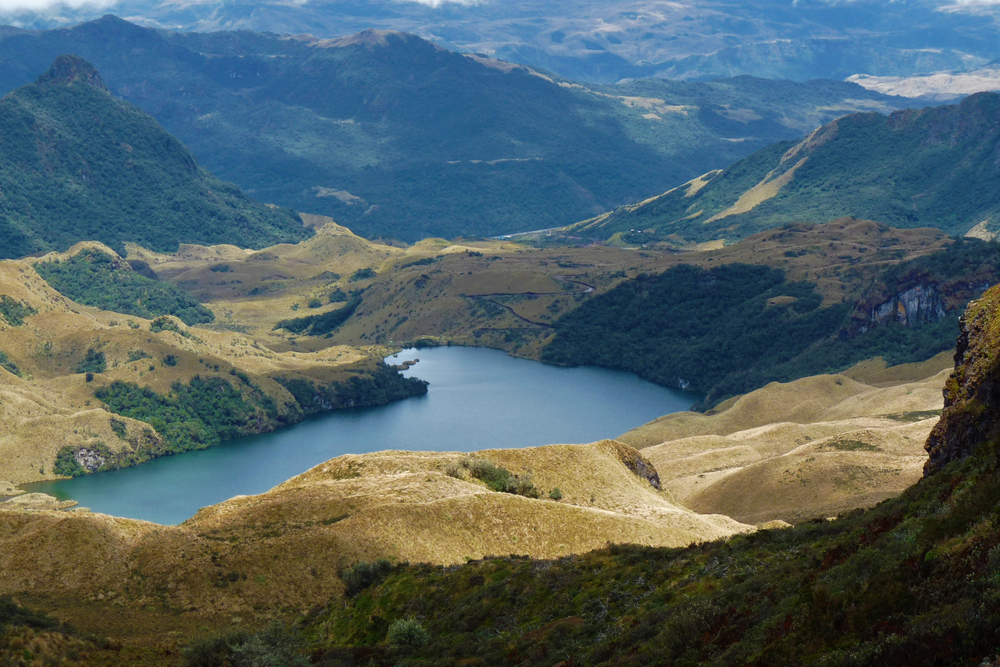
Cayambe-Coca National Park
Explore Now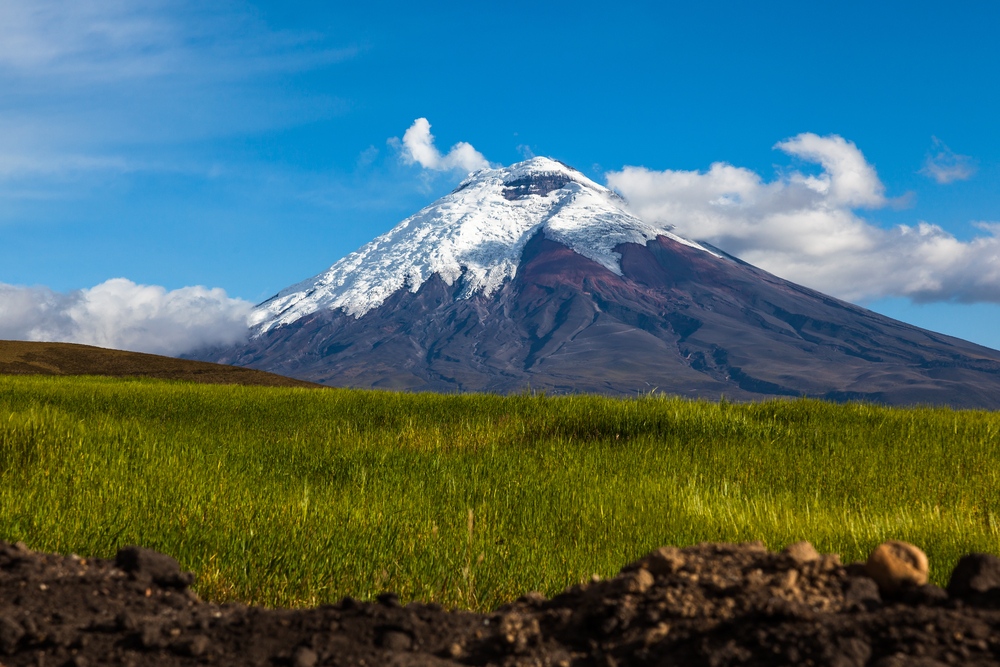
Cotopaxi National Park
Explore Now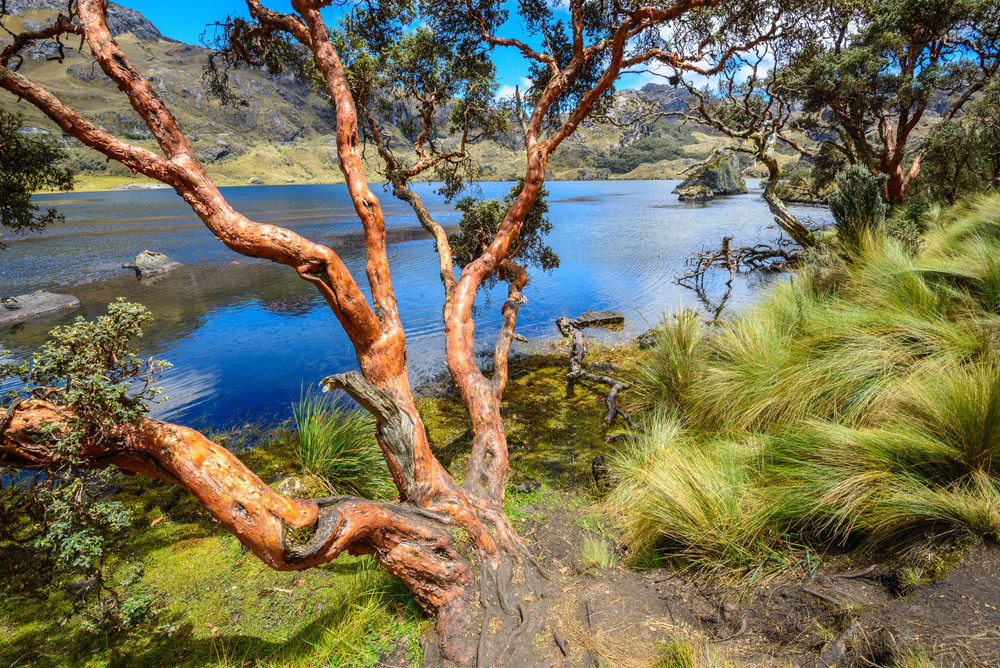
El Cajas National Park
Explore Now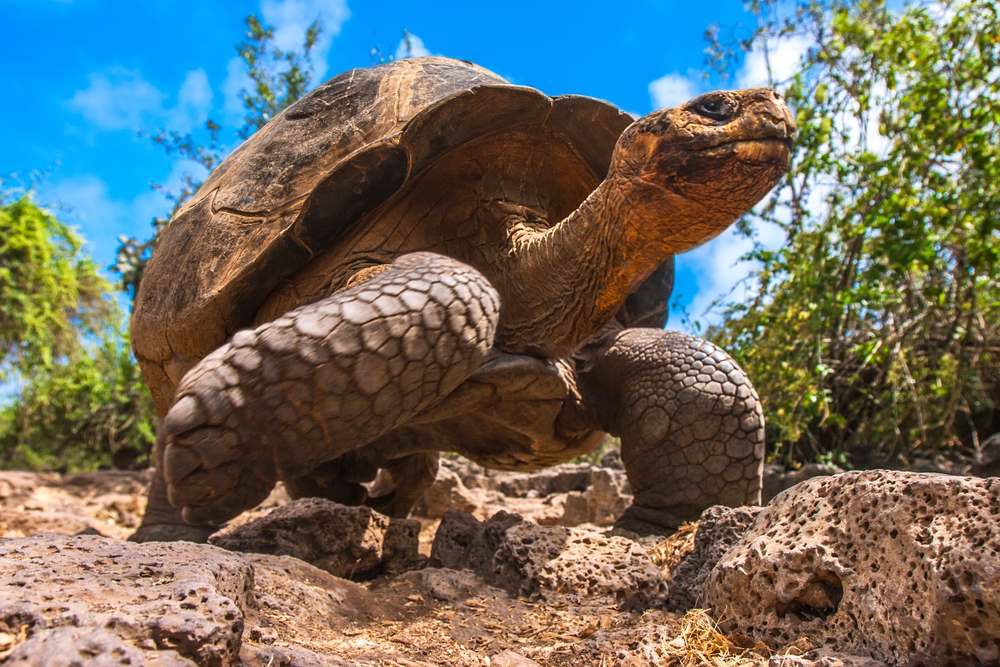
Galapagos National Park
Explore Now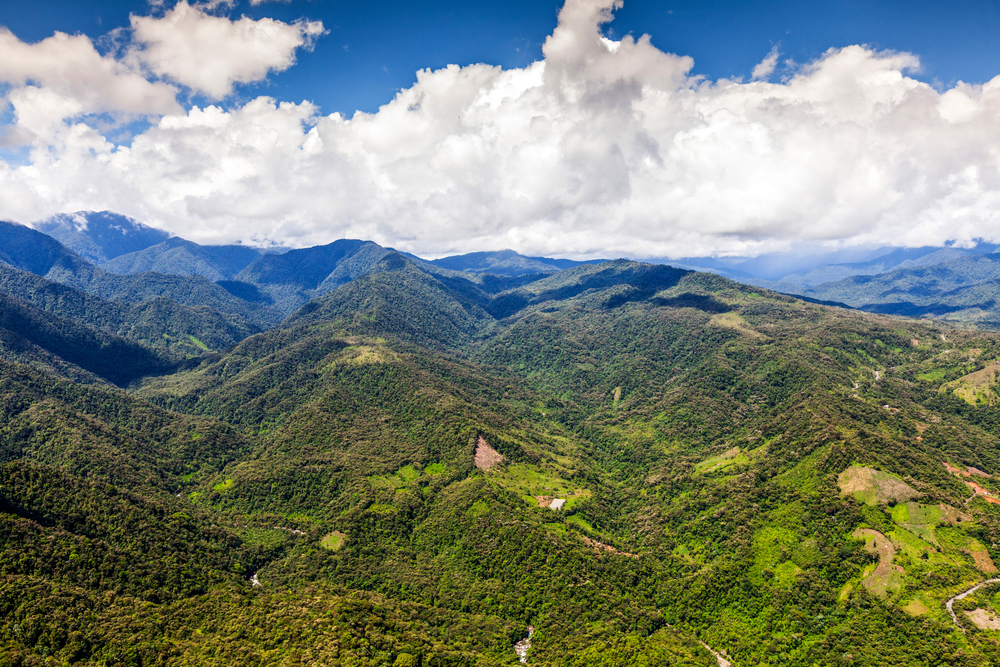
Llanganates National Park
Explore Now
Machalilla National Park
Explore Now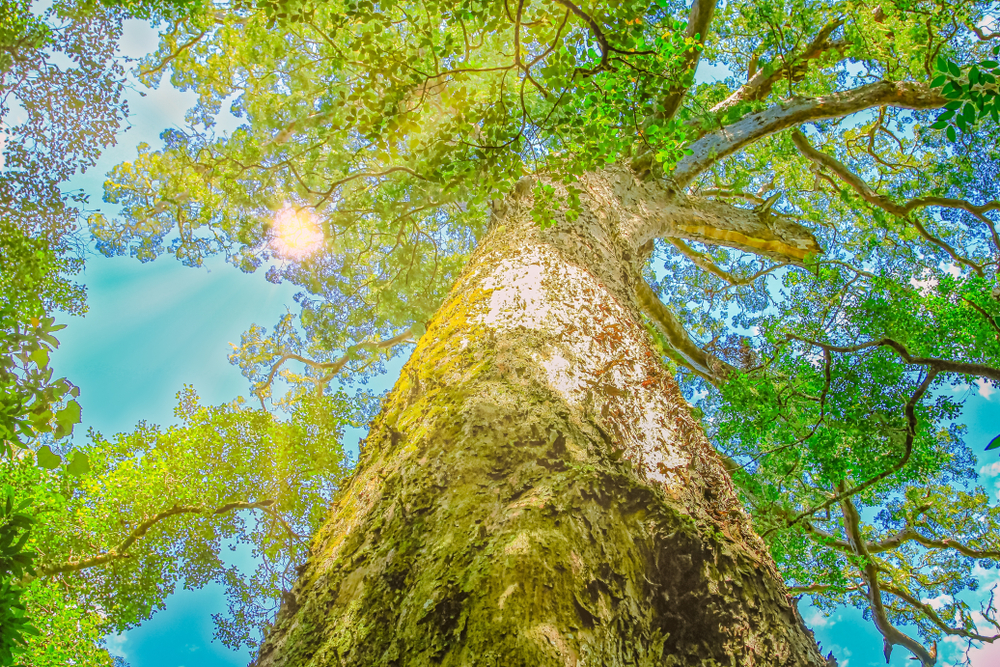
Podocarpus National Park
Explore Now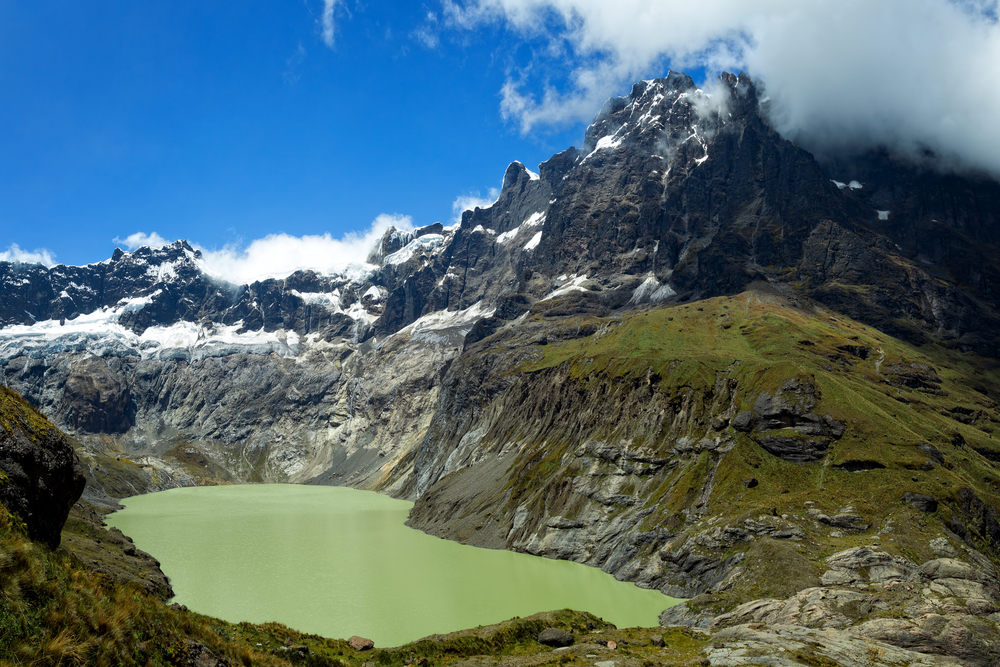
Sangay National Park
Explore Now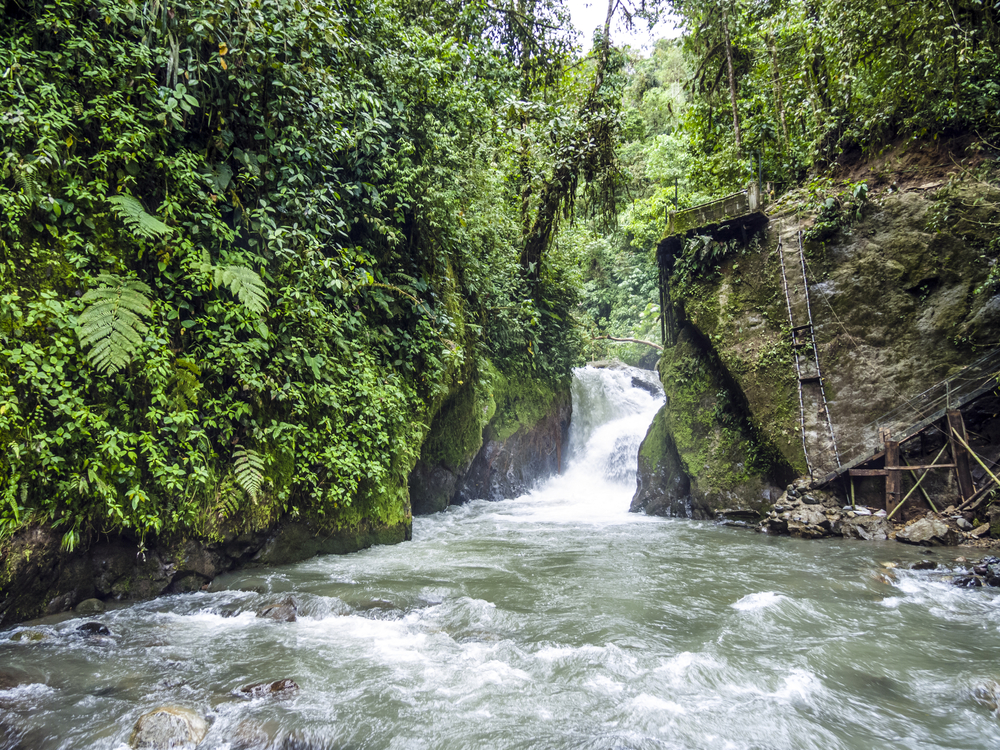
Sumaco Napo-Galeras National Park
Explore Now
Yacurí National Park
Explore Now
Yasuní National Park
Explore NowFAQ’s
1. How many national parks are there in Ecuador?
2. What is the largest national park in Venezuela?
The largest national park in Ecuador is the Yasuní National Park (Parque Nacional Yasuní). Located in the eastern part of the country, Yasuní National Park covers an area of approximately 9,820 square kilometers (about 3,792 square miles).
Established in 1979, Yasuní National Park is part of the Amazon rainforest and is renowned for its exceptional biodiversity and ecological significance. The park is home to an astonishing array of plant and animal species, including numerous rare and endemic species. It is considered one of the most biologically diverse places on Earth, with high levels of species richness and endemism.
Yasuní National Park also holds cultural importance, as it is inhabited by indigenous peoples, including the Waorani, Kichwa, and Tagaeri-Taromenane. The park provides habitat for indigenous communities and serves as a vital area for traditional practices and sustainable livelihoods.
Despite facing threats from deforestation, oil extraction, and illegal activities, Yasuní National Park remains a priority for conservation efforts in Ecuador due to its immense ecological value and cultural heritage.
3. What is the smallest national park in Venezuela?
The smallest national park in Ecuador is the Cajas National Park (Parque Nacional Cajas). Located in the Azuay and Cañar provinces in the southern part of the country, Cajas National Park covers an area of approximately 285 square kilometers (about 110 square miles).
Established in 1996, Cajas National Park is known for its stunning Andean landscapes, including high-altitude grasslands, rugged peaks, glacial lakes, and cloud forests. The park is home to a diverse range of plant and animal species, many of which are adapted to the unique high-altitude environment.
Cajas National Park is valued for its ecological significance and serves as an important watershed for the region, providing water resources for nearby communities and cities. It also offers opportunities for outdoor recreation, including hiking, camping, birdwatching, and photography, attracting visitors who come to explore its scenic beauty and biodiversity.
4. What was the first national park in Ecuador?
The first national park established in Ecuador is the Cotopaxi National Park (Parque Nacional Cotopaxi). Established in 1975, Cotopaxi National Park is located in the provinces of Pichincha, Cotopaxi, and Napo, in the central part of the country.
Cotopaxi National Park encompasses an area of approximately 33,393 hectares (about 129 square miles) and is dominated by the imposing Cotopaxi volcano, one of the highest active volcanoes in the world. The park features diverse ecosystems, including Andean paramo, grasslands, wetlands, and forests, as well as high-altitude lakes and glaciers.
Cotopaxi National Park is renowned for its stunning landscapes, rich biodiversity, and cultural heritage. It provides habitat for a variety of plant and animal species, including Andean condors, deer, and Andean wolves.
The park is also significant for indigenous communities, who consider it a sacred place and rely on its natural resources for their livelihoods.
Cotopaxi National Park is a popular destination for outdoor activities such as hiking, mountaineering, and wildlife watching, attracting visitors from around the world to experience its natural beauty and adventure opportunities
5. What is the most popular national park in Ecuador?
The most popular national park in Ecuador is Galápagos National Park, located on the Galápagos Islands. Covering over 3,040 square miles (7,880 square kilometers), it is world-renowned for its unique biodiversity and as the inspiration for Charles Darwin’s theory of evolution. Visitors can expect to encounter species like the Galápagos giant tortoise, marine iguanas, and various species of finches, all of which have adapted uniquely to the islands’ isolated environment. The park is a UNESCO World Heritage Site and attracts ecotourists from around the globe.
6. What percentage of Ecuador's land area is protected through official National Parks?
Approximately 20% of Ecuador’s land area is protected through national parks and reserves, equating to around 42,000 square miles (108,780 square kilometers). This significant portion of land includes not only the Galápagos Islands but also the diverse landscapes of the mainland, ranging from the Amazon rainforest to the Andean highlands.
7. What other protected areas are there in Ecuador?
In addition to national parks, Ecuador is home to a variety of other protected areas, including biosphere reserves, ecological reserves, and wildlife refuges.
One notable example is the Cuyabeno Wildlife Reserve in the Amazon Basin, which is one of the most biologically diverse areas on the planet, home to an array of wildlife such as river dolphins, caimans, and anacondas.
Another important area is the Manglares Churute Ecological Reserve, which protects coastal mangrove ecosystems and serves as a critical habitat for migratory birds.
8. What nature attractions does Ecuador have apart from National Parks?
Apart from national parks, Ecuador boasts remarkable natural attractions. The Amazon Rainforest, accessible from towns like Tena and Coca, offers unparalleled wildlife experiences and biodiversity.
The Andean highlands, featuring dramatic volcanoes like Cotopaxi and Chimborazo, provide opportunities for mountaineering, hiking, and exploring indigenous cultures. Baños, known as the gateway to the Amazon, is famous for its waterfalls, hot springs, and adventure sports.
The Pacific coast offers pristine beaches, such as those found in Montañita and Puerto López, and opportunities to observe marine life, including humpback whales.
9. What species are endemic and unique to Ecuador alone?
Ecuador is home to many endemic species, especially in the Galápagos Islands. These include the Galápagos giant tortoise, the flightless cormorant, and the Galápagos penguin, the only penguin species found north of the equator.
On the mainland, unique species such as the Ecuadorian hillstar hummingbird and the Chocó tree frog can be found in Ecuador’s high-altitude and cloud forest regions.
10. What is Ecuador's main international airport?
Ecuador’s primary international gateway is Mariscal Sucre International Airport (UIO), located in Quito, the nation’s capital. It serves as a hub for international flights arriving from North America, Europe, and Latin America.
Other leading international airports include José Joaquín de Olmedo International Airport (GYE) in Guayaquil, which is the main airport for the coastal region, and Seymour Airport (GPS) on Baltra Island in the Galápagos, which connects tourists to the archipelago.
11. What international airline companies fly into Ecuador?
The following international airlines serve Ecuador:
- Aeroméxico
- Air Europa
- Avianca
- Copa Airlines
- Delta Air Lines
- Iberia
- JetBlue
- KLM
- LATAM Airlines
- United Airlines
12. Who manages the national parks of Ecuador?
Ecuador’s national parks are managed by the Ministry of Environment, Water, and Ecological Transition (Ministerio del Ambiente, Agua y Transición Ecológica). This government entity is responsible for the conservation and sustainable management of Ecuador’s protected areas.
The Galápagos National Park Directorate specifically manages the Galápagos Islands, ensuring the protection of this unique ecosystem. More information can be found on their website: https://www.ambiente.gob.ec.









































































